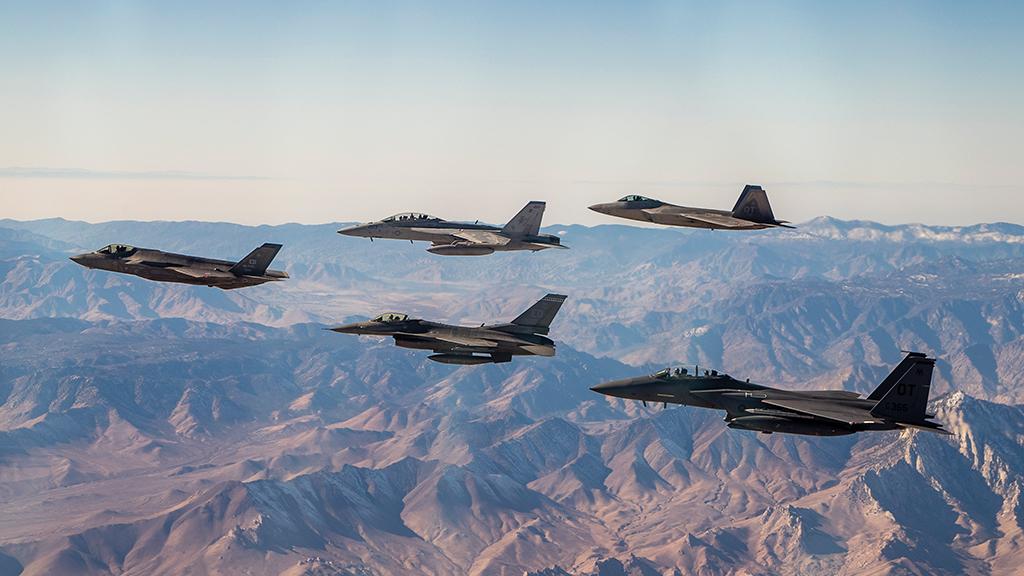
Credit: Ethan Wagner/U.S. Air Force
The FAA has limited the Defense Department’s access to the radio frequency band used by Link 16—the military’s primary battlefield communication system used for platforms in the air, on land and at sea. The ubiquitous battlefield network shares the same radio frequency band with several safety...
Subscription Required
This content requires a subscription to one of the Aviation Week Intelligence Network (AWIN) bundles.
Schedule a demo today to find out how you can access this content and similar content related to your area of the global aviation industry.
Already an AWIN subscriber? Login
Did you know? Aviation Week has won top honors multiple times in the Jesse H. Neal National Business Journalism Awards, the business-to-business media equivalent of the Pulitzer Prizes.





